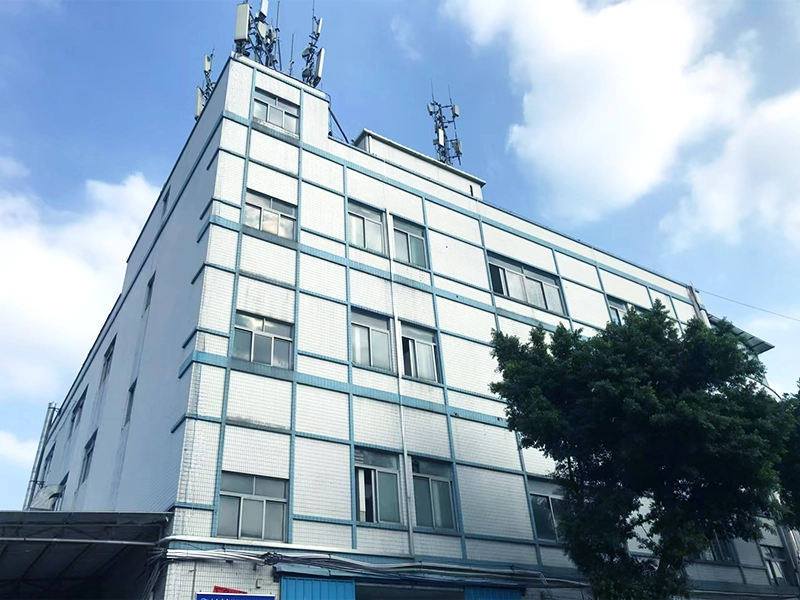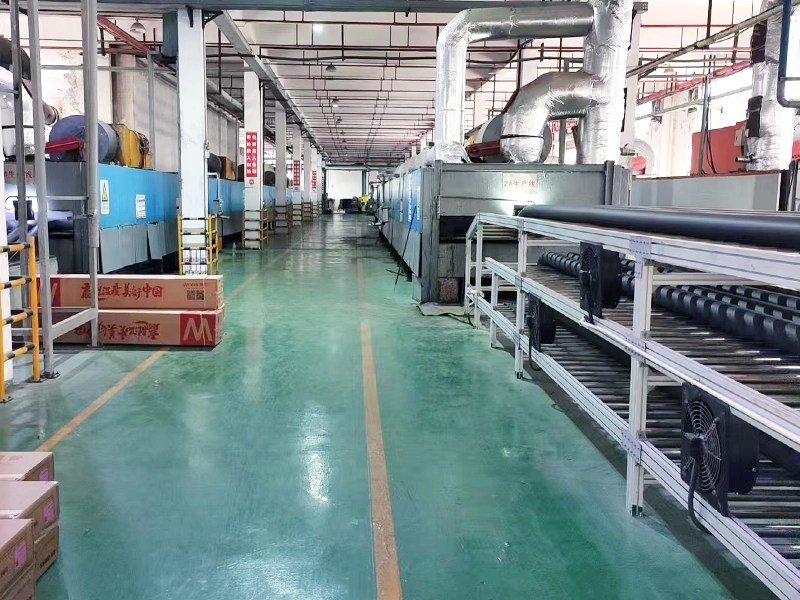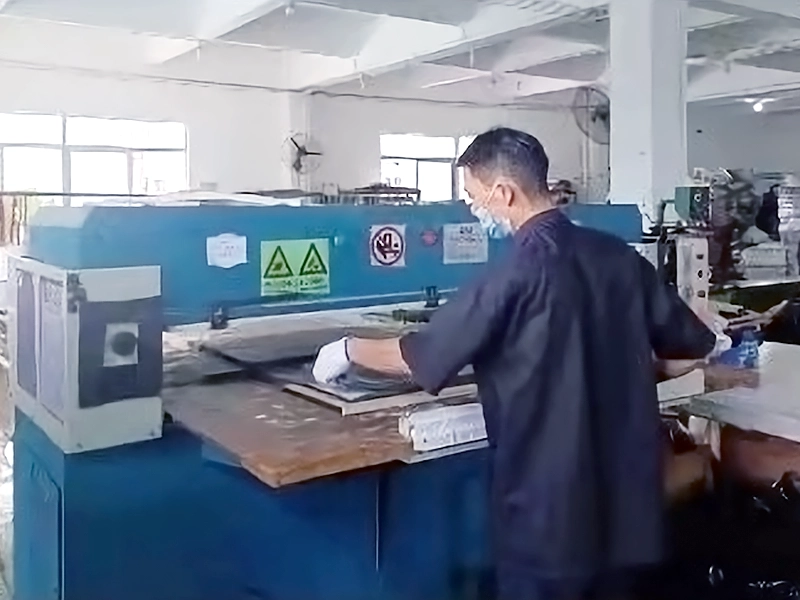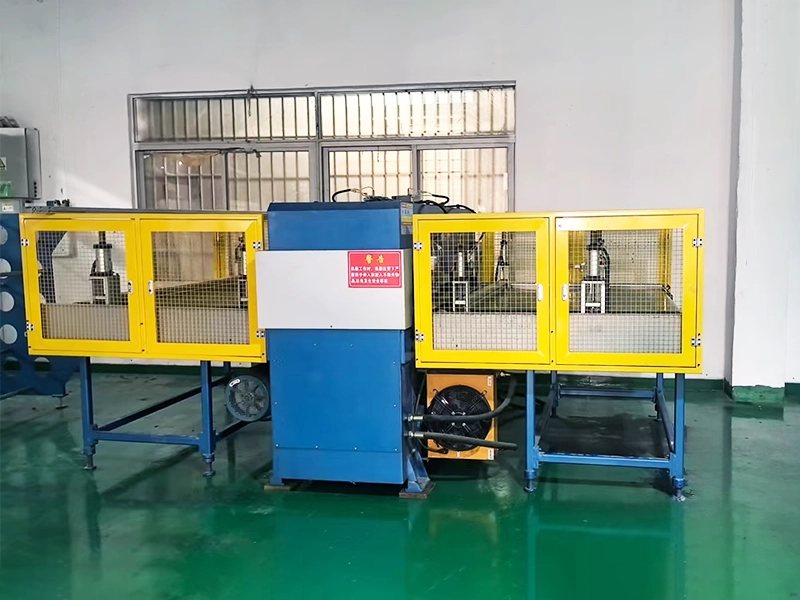Guangdong Qingduo New Material Technology Co., Ltd.

Insulating Gasket
Still deciding? Get samples first, Contact US !
View similar products
Tag list
Insulating Gasket
Still deciding? Get samples first, Contact US !
Products Category
Tag list
- Description
-
Product Description:
The Chinese customized Insulating Gasket is made from premium rubber and specialized additives, offering exceptional electrical insulation and flexibility. These quality Insulating Gasket products are designed to withstand demanding environments, providing a secure barrier against electrical currents while maintaining their structural integrity. Their high elasticity ensures a perfect fit and long-lasting performance.
Ideal for electrical and industrial use, these quality Insulating Gasket units from our Chinese customized Insulating Gasket range are resistant to wear, heat, and environmental factors. Whether for machinery, transformers, or other high-voltage equipment, these gaskets deliver reliable insulation and safety, making them an essential component for preventing electrical hazards.
Insulation material, also known as dielectric, refers to a substance that is non-conductive or extremely conductive under direct current voltage, with a resistivity generally greater than 1010 Ω· m. The main function of insulation materials is to isolate charged conductors with different potentials in electrical equipment, allowing current to flow along a certain path. It can also serve as mechanical support and fixation, as well as arc extinguishing, heat dissipation, energy storage, moisture prevention, mold prevention, or to improve the potential distribution of electric fields and protect conductors. Therefore, insulation materials are required to have the highest possible insulation resistance, heat resistance, moisture resistance, and a certain mechanical strength.
Main performance indicators
In order to prevent accidents caused by damage to the insulation performance of insulation materials, it is necessary to ensure that the insulation materials meet the performance indicators specified in national standards. There are many performance indicators for insulation materials, and the characteristics of various insulation materials are also different. The main performance indicators of commonly used insulation materials include breakdown strength, heat resistance, insulation resistance, and mechanical strength.
(1) Breakdown strength. Under the action of an electric field strength higher than a certain value, insulation materials will be damaged and lose their insulation performance, which is called breakdown. The electric field strength at which an insulating material is broken down is called breakdown strength, measured in: kV/mm。
(2) Heat resistance. When the temperature increases, the resistance, breakdown strength, mechanical strength, and other properties of insulation materials will decrease. Therefore, it is required that the insulation material can work for a long time at the specified temperature and ensure reliable insulation performance. The heat resistance of insulation materials with different compositions varies, and the heat resistance level can be divided into 7 levels: Y, A, E, B, F, H, C, etc. The maximum working temperature is specified for each level of insulation material.
Y level: The maximum working temperature is 90 ℃, for textiles such as wood, cotton yarn, paper fiber, acetate fiber, polyimide, and plastic insulation materials that are prone to thermal decomposition and have low melting points.
Grade A: The maximum working temperature is 105 ℃, for insulation materials such as enameled wire, lacquered cloth, lacquered wire, oil-based paint, and asphalt.
Grade E: The maximum working temperature is 120 ℃, and insulation materials such as glass cloth, oil-based resin paint, high-strength enameled wire, and heat-resistant vinyl acetate enameled wire are used.
B-class: The maximum working temperature is 130 ℃, such as insulation materials such as polyester thin wax, mica treated with corresponding resins, glass fiber, asbestos, polyester paint, polyester enameled wire, etc.
F-grade: The maximum working temperature is 155 ℃, such as mica, glass fiber, asbestos, glass paint cloth, laminated products based on the above materials, mica, powder products, polyester and alkyd materials with good chemical and thermal stability, composite silicone organic polyester paint bonded or impregnated with F-grade insulation resin.
H-grade: The maximum working temperature is 180 ℃, such as thick F-grade materials, mica, organic silicon mica products, organic silicon paint, organic silicon rubber polyimide composite glass cloth, composite film, polyimide paint, etc.
Grade C: The maximum operating temperature is greater than 180 ℃. Inorganic substances that do not use any organic adhesives or impregnating agents, such as quartz, asbestos, mica, glass, ceramics, and tetrafluoroethylene plastics.
(3) Insulation resistance. The resistance value presented by insulation materials is insulation resistance, which usually reaches several tens of megaohms or more under normal conditions. The insulation resistance may vary greatly due to differences in temperature, thickness, and surface conditions such as moisture and dirt.
Although the electrical resistivity of insulating materials is high, it is affected by a certain voltage. There is always a small current passing through, which is called leakage current.
(4) Mechanical strength. According to the specific requirements of various insulation materials, the corresponding strength indicators such as tensile, compressive, bending, shear, tear, and impact resistance are collectively referred to as mechanical strength.
(5) Other characteristic indicators. Some insulation materials are presented in liquid form, such as various insulation paints, whose characteristic indicators include viscosity, fixed content, acid value, drying time, and gelation time. Some insulation material characteristic indicators also involve permeability, oil resistance, elongation, shrinkage, solvent resistance, arc resistance, etc.
Factory






FAQ
Q:
What types of products can you provide for selection
A:
Q:
Are your products environmentally friendly?
A:
Q:
Is the price of customized products too expensive?
A:
Q:
How long is your delivery cycle approximately?
A:
Get in touch with us
Note: Please leave your email address, our professionals will contact you as soon as possible!
